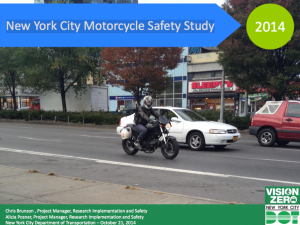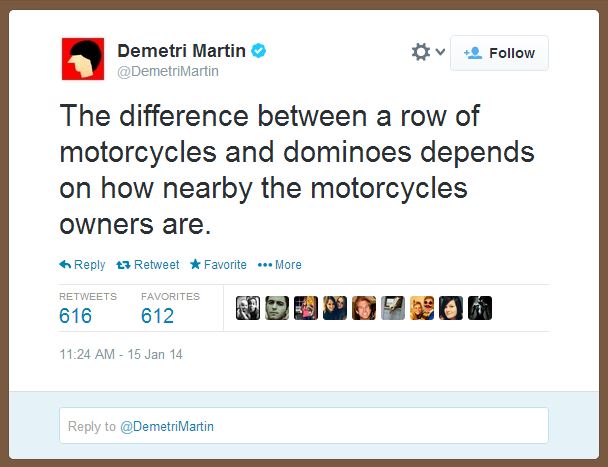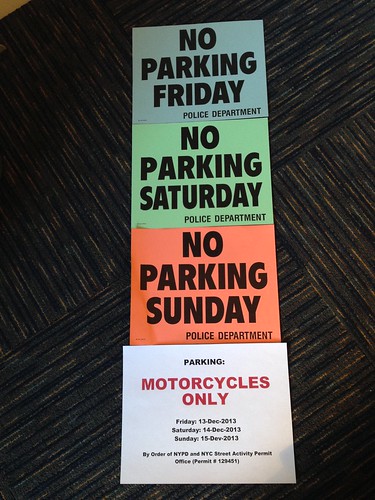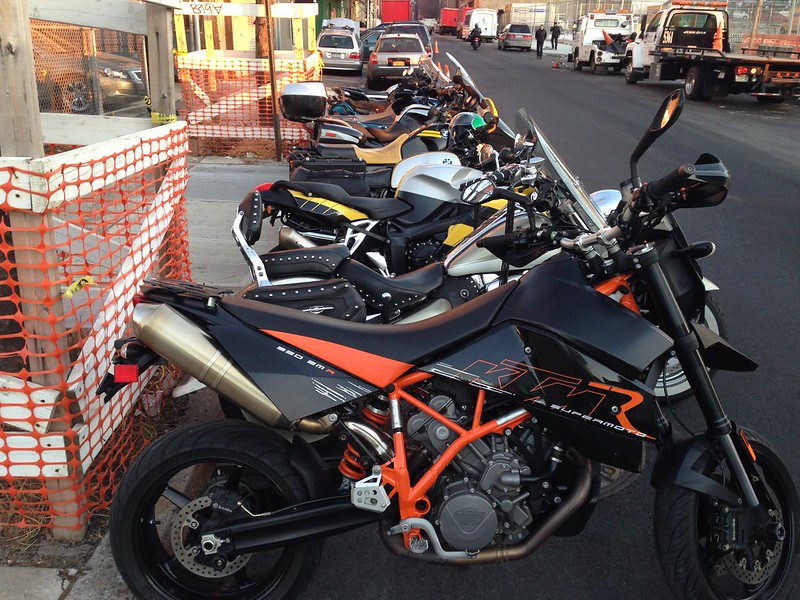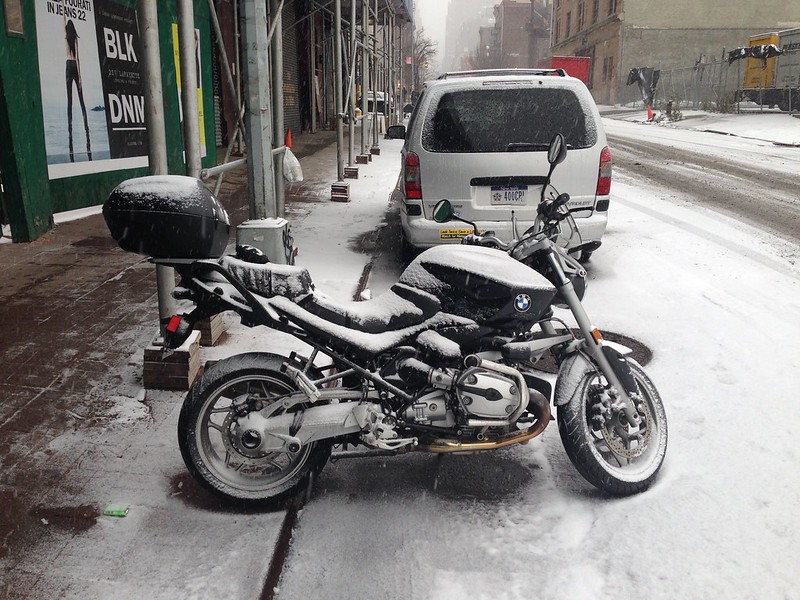Union Garage on the Columbia Street Waterfront, in Brooklyn opened in October, 2012 with the goal of offering great motorcycle gear to NYC’s under-served riders. Their focus is on quality jackets, boots, gloves, and helmets that offer genuine protection but still look appropriate around town or in the office. From these boots, which are not only armored and breathable, but have a top patch at the toe for under your shifter…

…To this “Opera” Jacket that is seriously stylish yet boasts CE armor, a thermal waterproof liner, and back protector:

We had a chance to sit down with owner Chris Lesser and talk about how he got started in the business, and what’s special about Union Garage. His first motorcycle was a 1975 750cc BMW bought in 2001 for a cross-country trip. Six thousand miles and thirty states later he’s hooked for life. Four years ago he left a job as a gear editor for a mountain bike magazine in California to move to New York to be with his (now) wife. He worked as a full-time freelancer until opening the doors at Union Garage last fall.
What do you ride?
I love the old BMW twins and currently have two bikes on the road: a 1983 r80ST and 1976 r90s.
Are you originally from NYC?
Nope, I’ve been here for four years, which about as long as I’ve ever lived anywhere. I’ve previously lived in CT, VT, CA, MD, TX and Germany.
What inspired you to open up in Brooklyn?
There are plenty of repair shops in the city-we’re on the same block as three great ones: Moto Borgotaro, Moto Pistole, and Scooter Bottega. But when it came to finding quality gear locally, there really wasn’t much to choose from, which is surprising for a city of 8 million people. My partner Peter Boggia from Moto Borgotaro and I saw an opportunity to provide a service and build a business, so we opened up in a space next door to his shop. And so far the shop has been really well received. We’ve found there’s a really under-served market here.
What sort of selection do you have in stock?
We carry a curated selection of gear from some of the best brands in the industry. We’ve found a niche in providing gear that provides protection and performance without looking like traditional motorcycle gear. We’ve got some great-looking jackets, boots and gloves for that work off the bike as well as on it, but still offer real protection and functionality. We also carry full-on technical Gore-Tex touring gear and some race suits, and try to have something for everybody.
How is Union Garage different from other shops?
What makes us unique is that we concentrate on actual motorcycle gear: helmets, jackets, boots, gloves and essential accessories. Most of the motorcycle shops in the city are mostly concerned with selling bikes, and gear is an afterthought. And there are a lot of motorcycle-centric shops out there that have a few helmets and jackets on display, but mostly sell lifestyle apparel that looks great but won’t do a lick of good if you go down or get in an accident. We try to have it both ways-good looking gear with a technical component. The only lifestyle items we carry are t-shirts and magazines-the rest is designed to make your life better while riding a motorcycle-or in the event you come off said motorcycle.
“Motorcycle” has become a look, and for good reason: Motorcycles are cool! But there’s more to it than just playing dress-up. There are serious consequences involved with riding a motorcycle or scooter, and New York City presents its own unique demands. That’s why we’ve set a high bar for both safety and style.
What brands do you carry?
REV’IT!, Schott, Lost Worlds, Lee Parks Design, Churchill, Halcyon, Bell, Sidi, TCX, Stylmartin, Nolan, Otterwax, Kryptonite, Platepuller
What’s your stance on motorcycle safety and riding in NYC?
Our stance on motorcycle safety is evident in the product we carry. We don’t and won’t sell something we wouldn’t ride ourselves. No “novelty use only” helmets. No re-purposed work gloves. No leather product that wouldn’t hold up in a slide.
Case in point: we are still looking for the right motorcycle jeans to sell in the store. There are plenty of options out there none we’ve felt comfortable putting on the rack. We’re looking at a couple companies and should have solid options on the rack by springtime.
Ultimately, investing in the right gear is a personal decision. We’re here to provide quality options and information. Sometimes just explaining the difference between CE Level-1 and CE Level-2 armor is enough to get people thinking about what they choose to ride in. There’s plenty of terrible looking motorcycle safety gear out there. You have to want to wear the right gear, and finding the right product makes the decision to ride with protection an easy one.
Union Garage
103 Union Street, Brooklyn NY.
Winter Hours: Thu-Fri 12-6; Sat 11-5; Sunday 12-5; and by appt.
www.UnionGarageNYC.com
Facebook Twitter Blog
